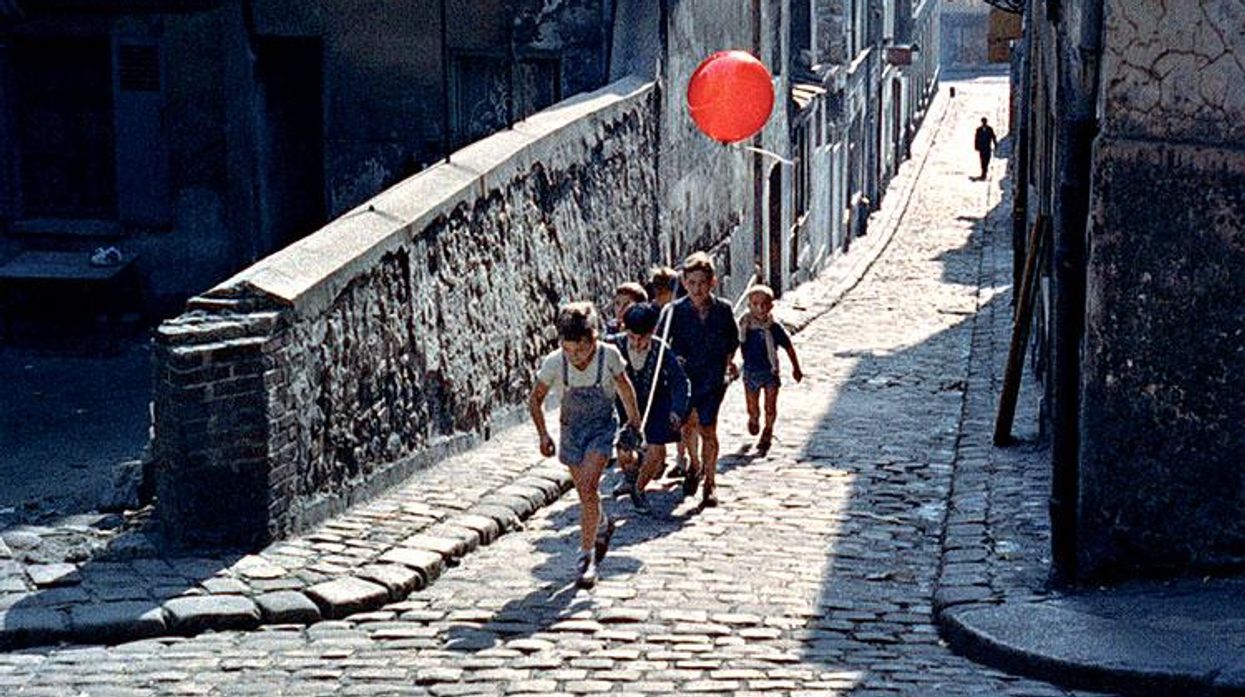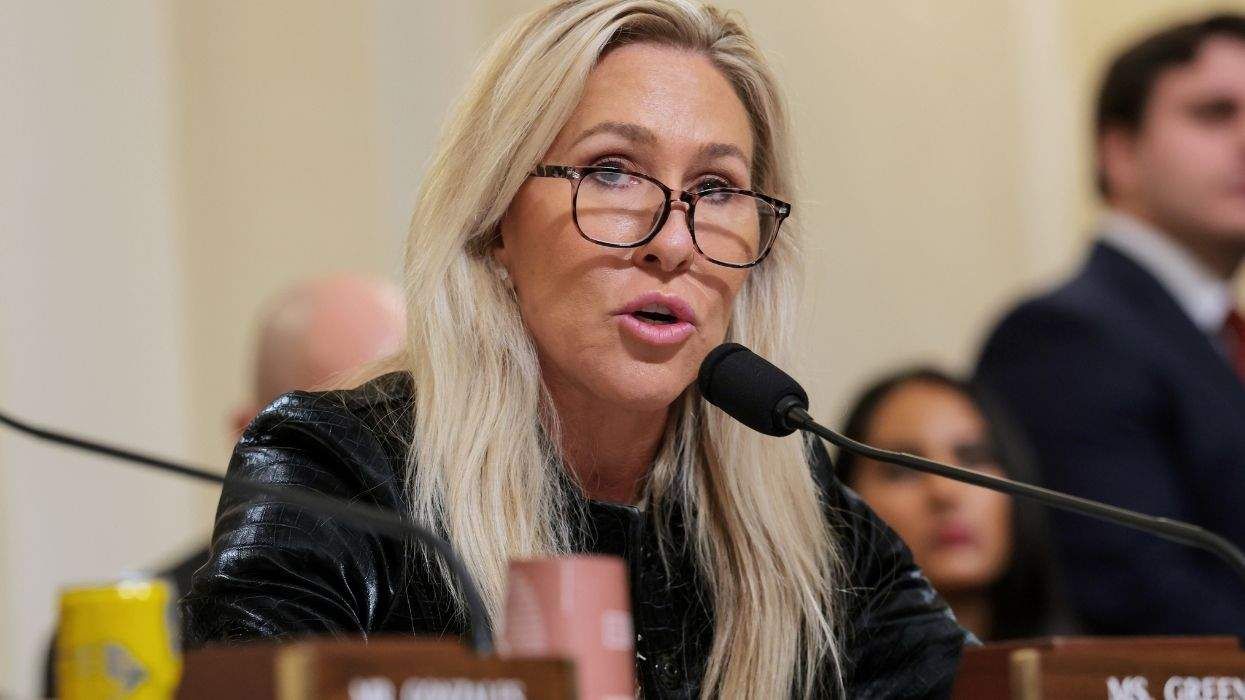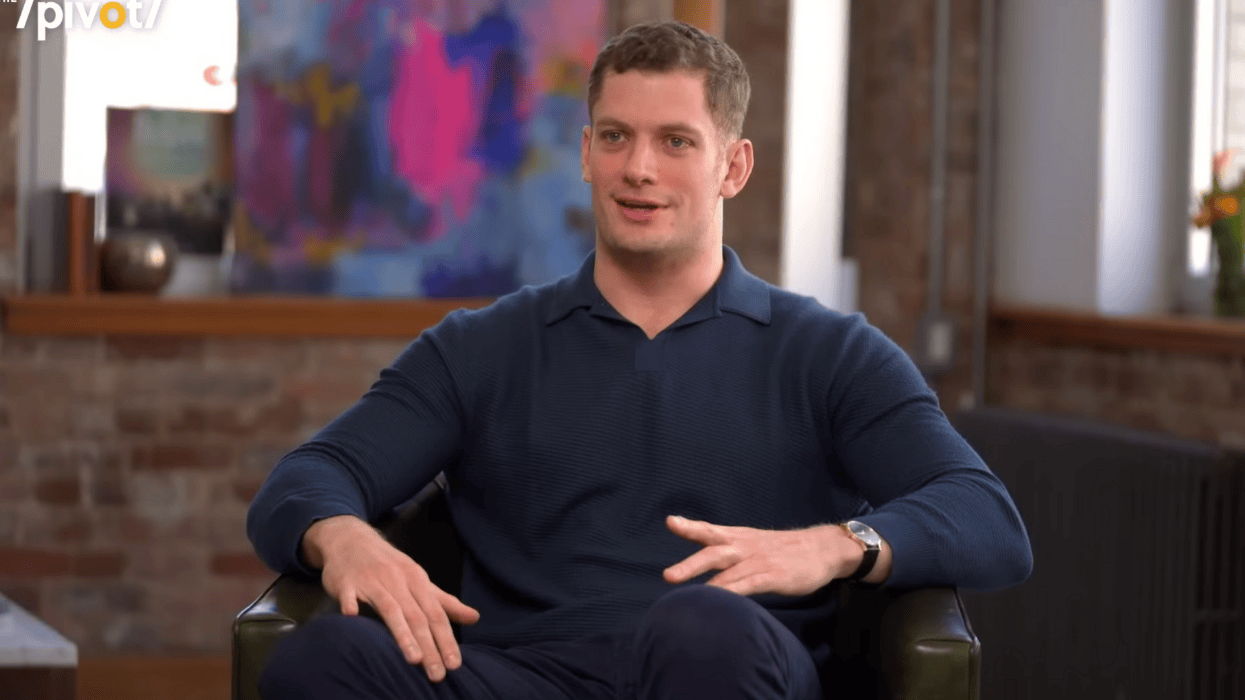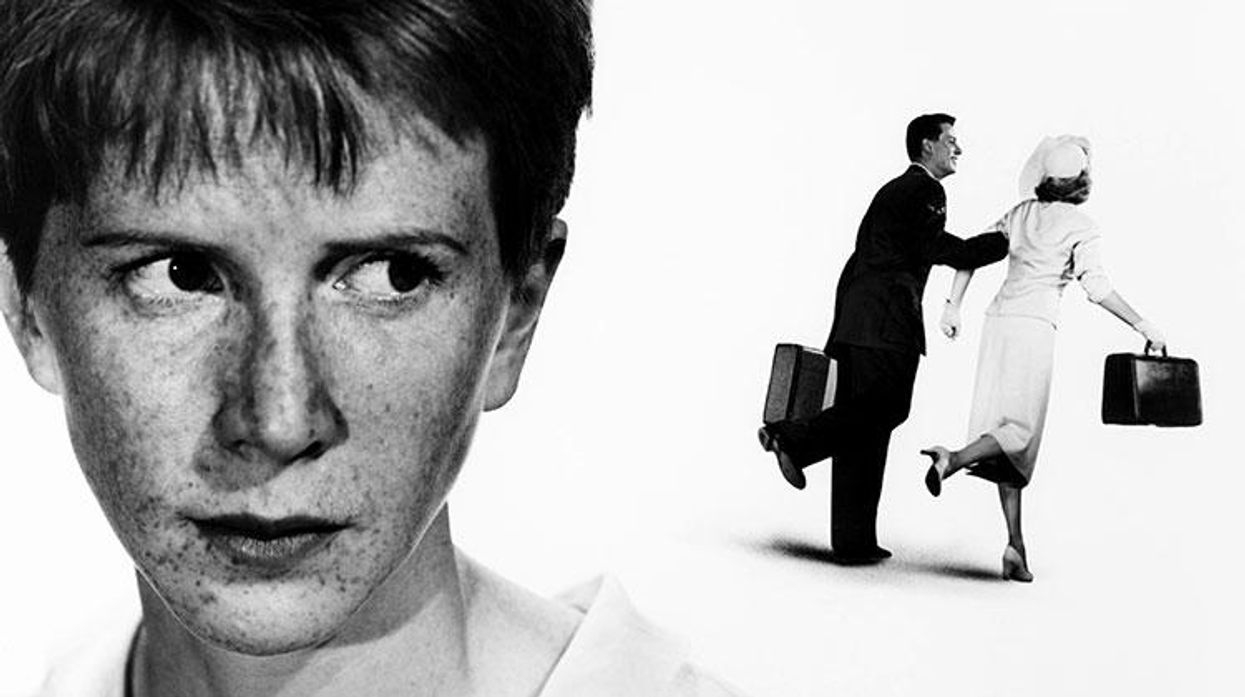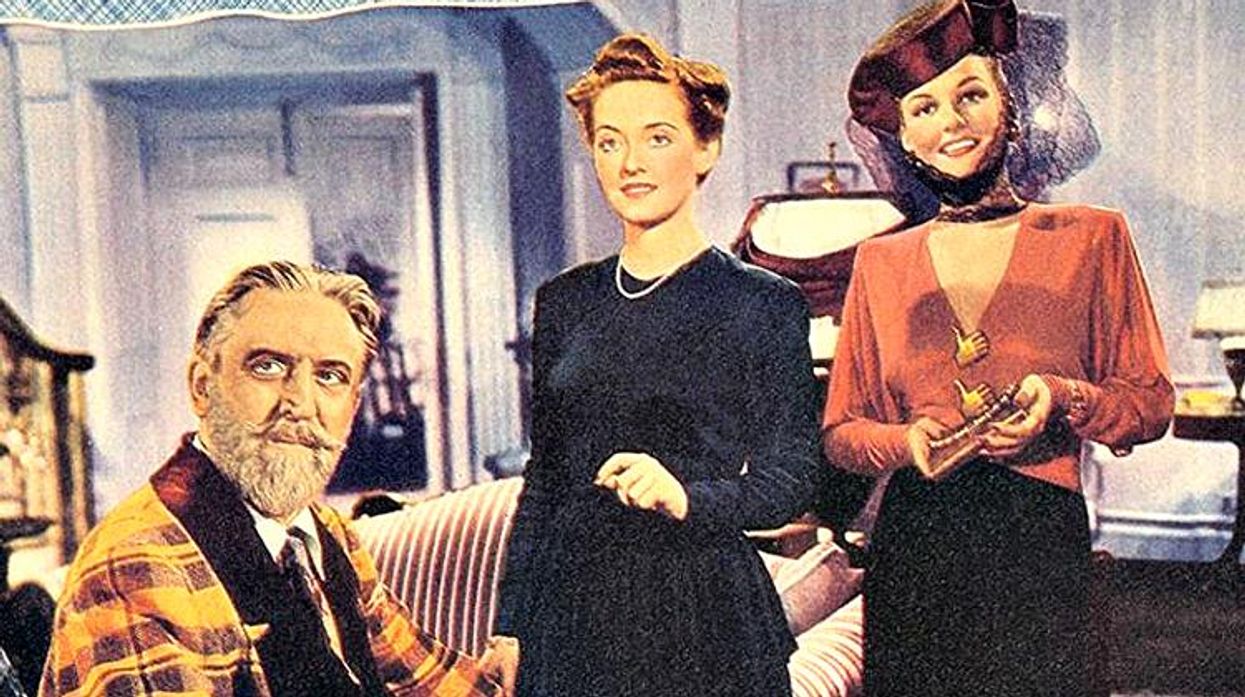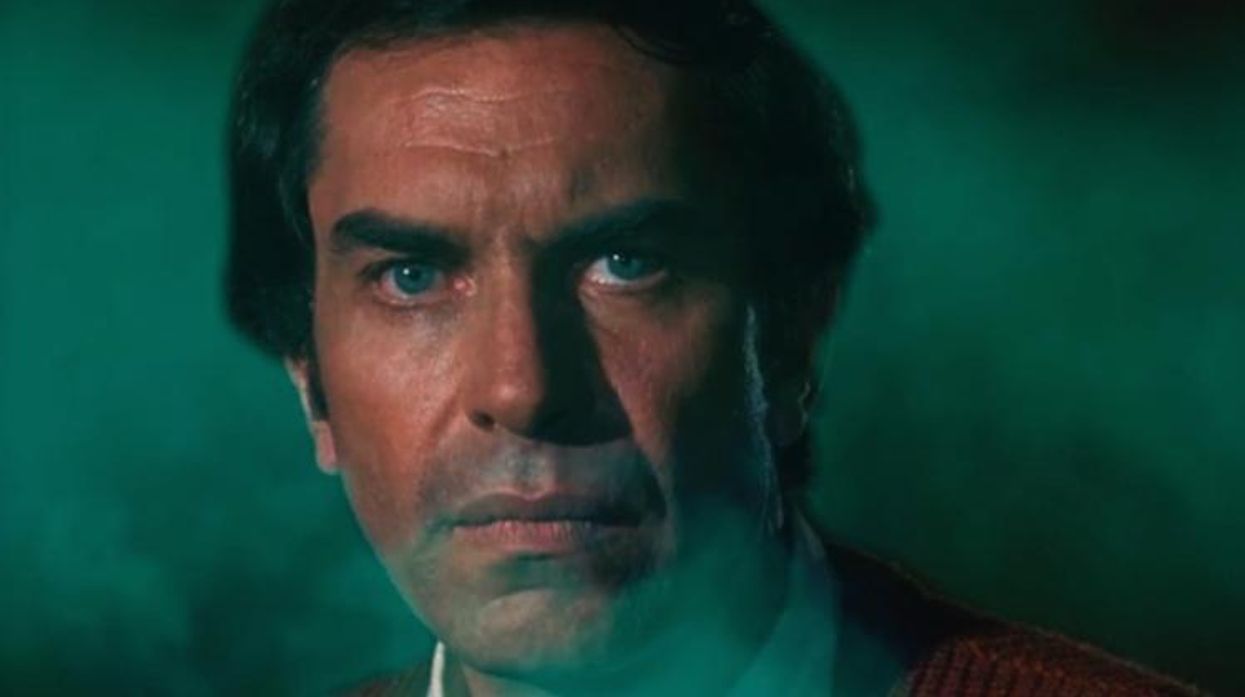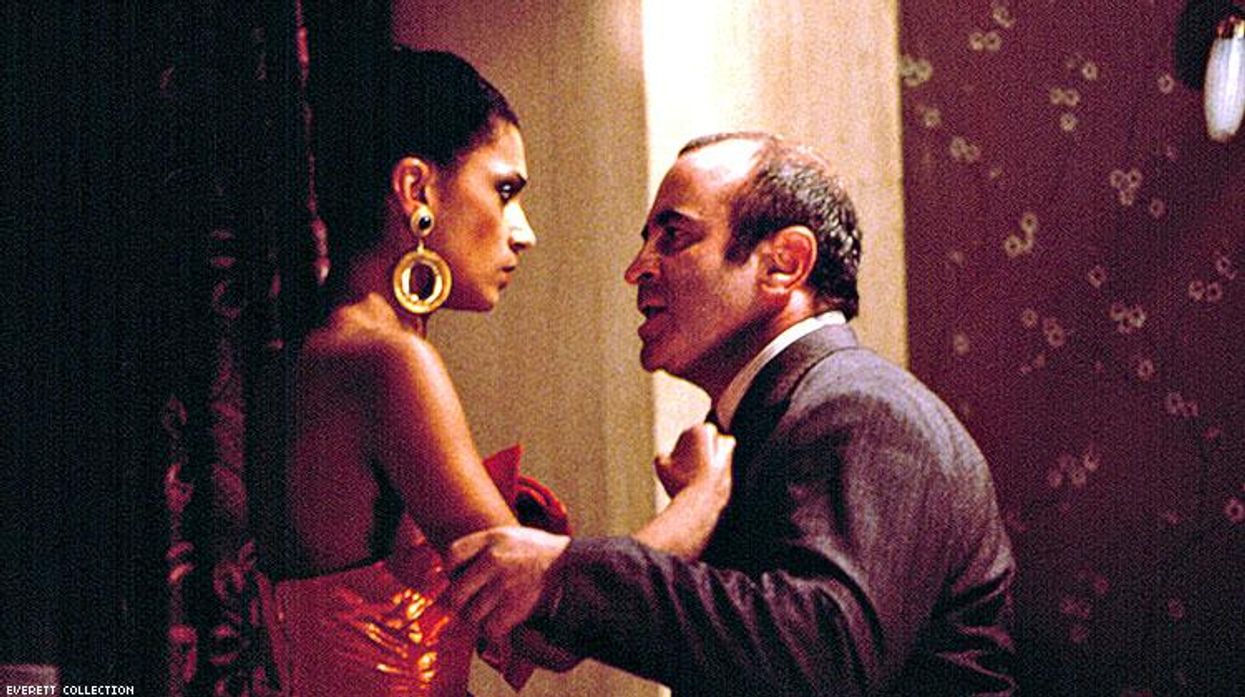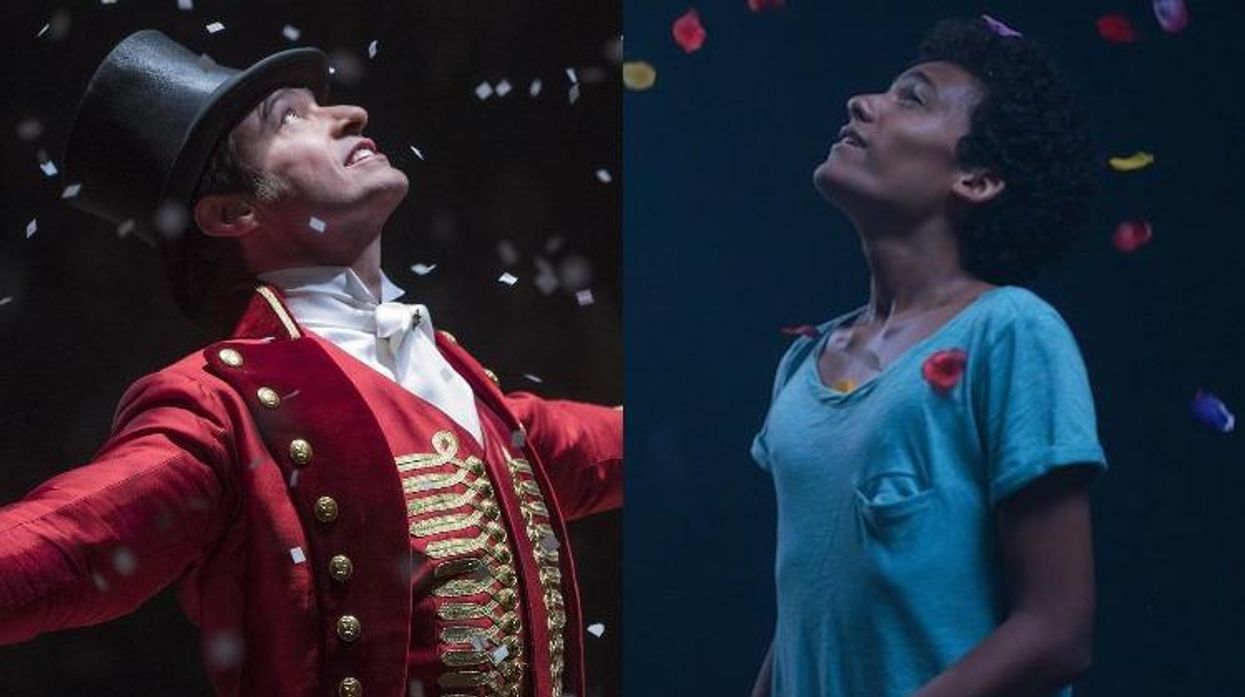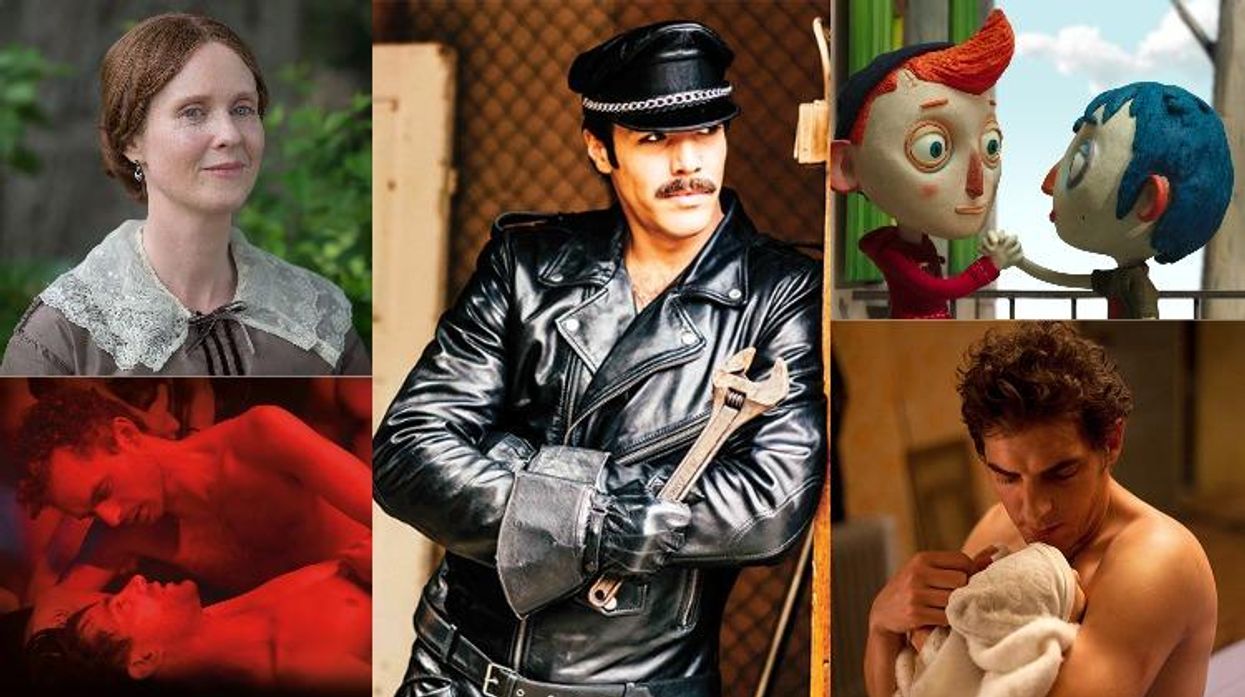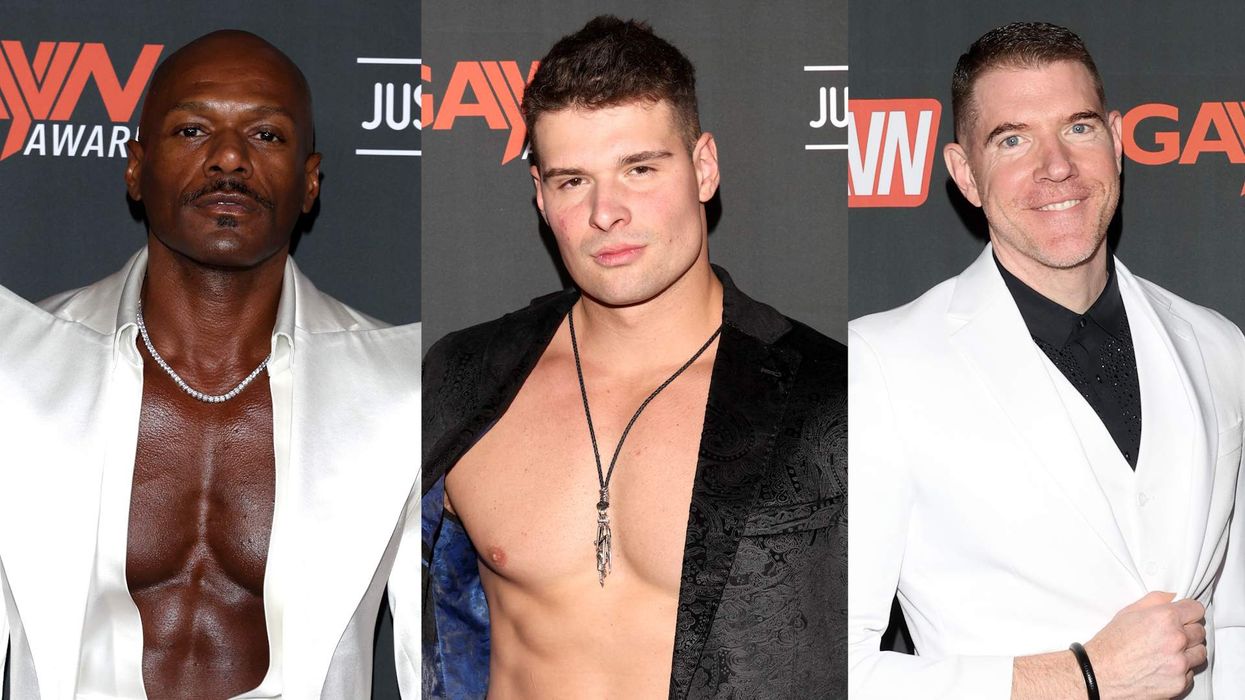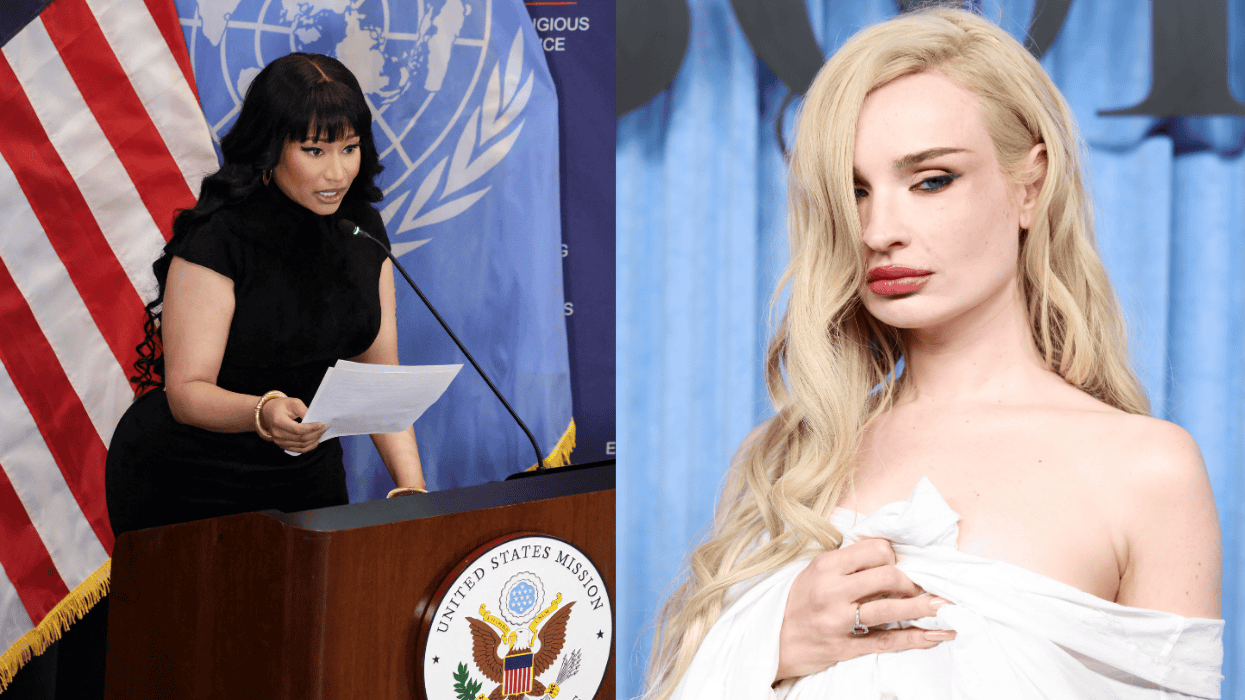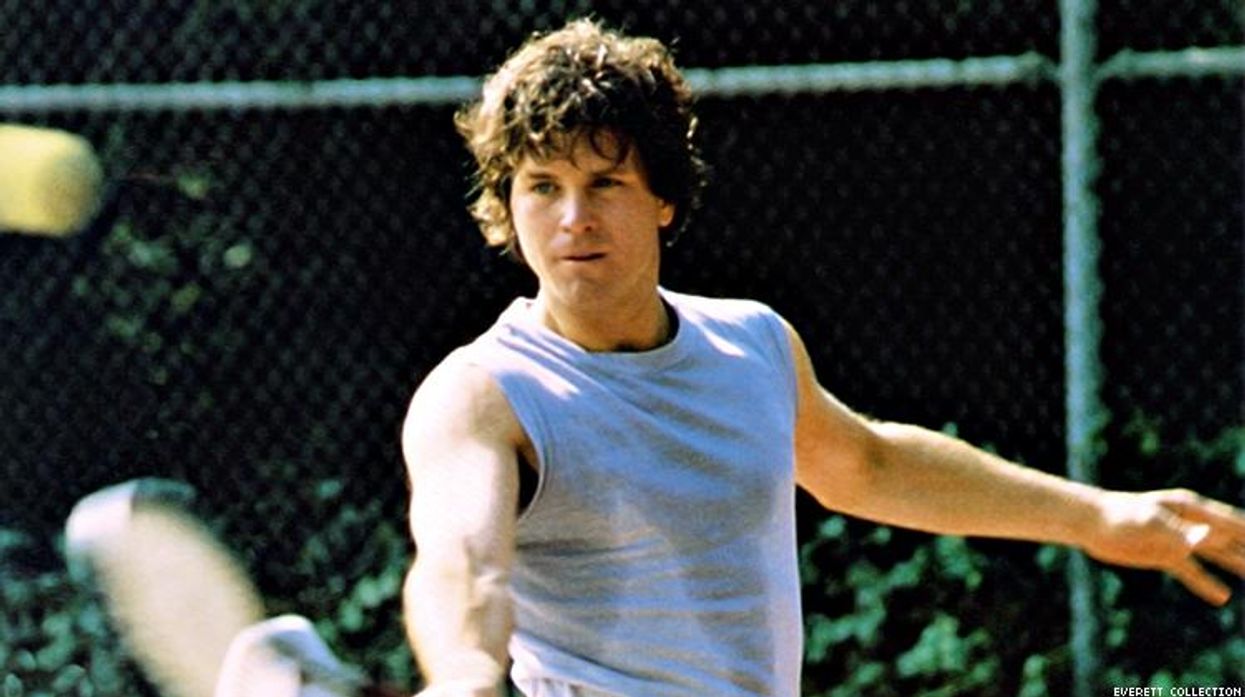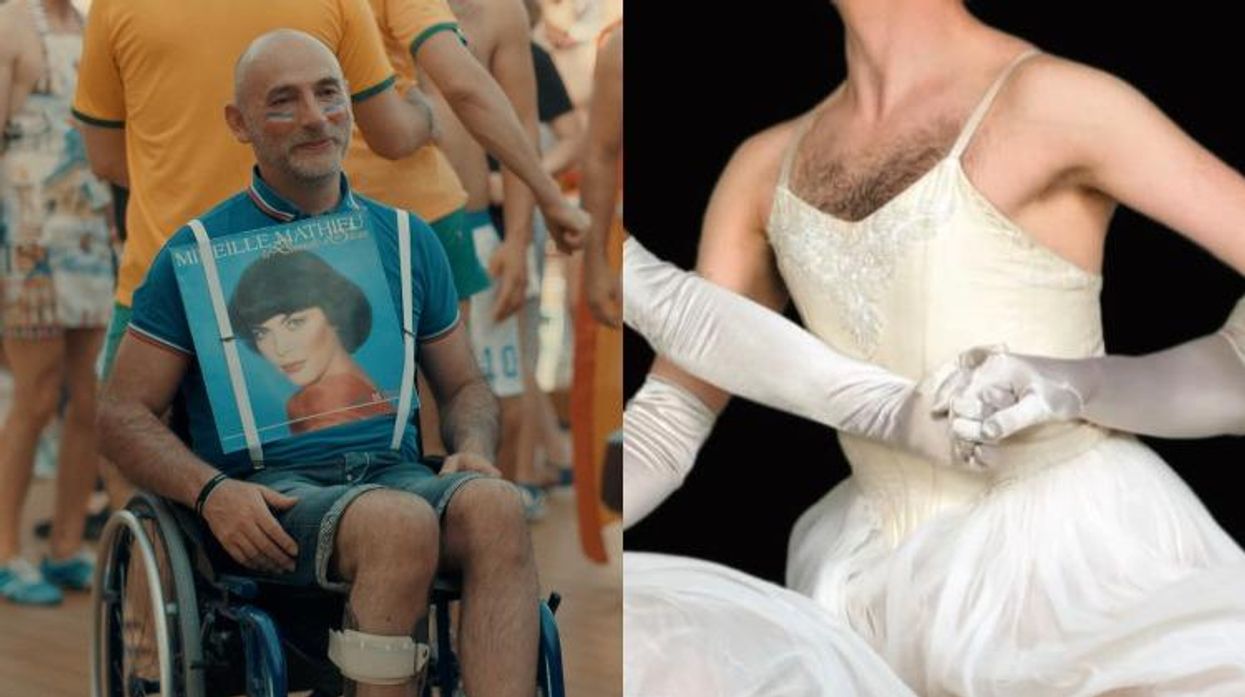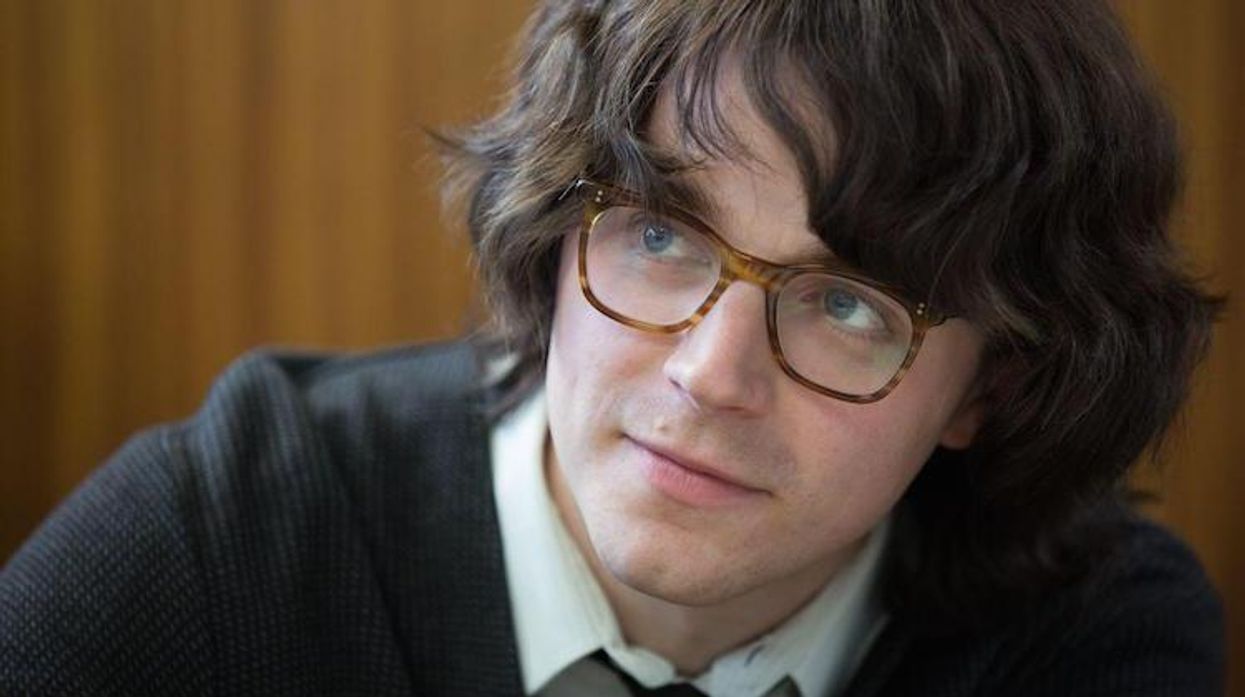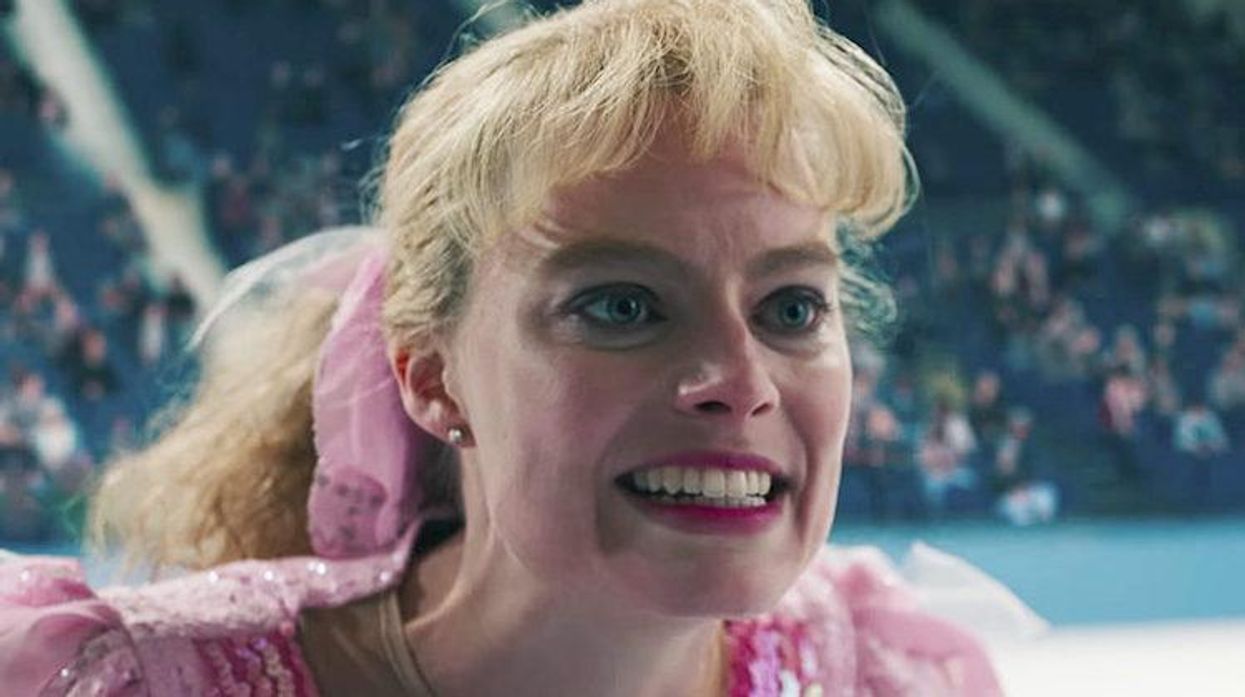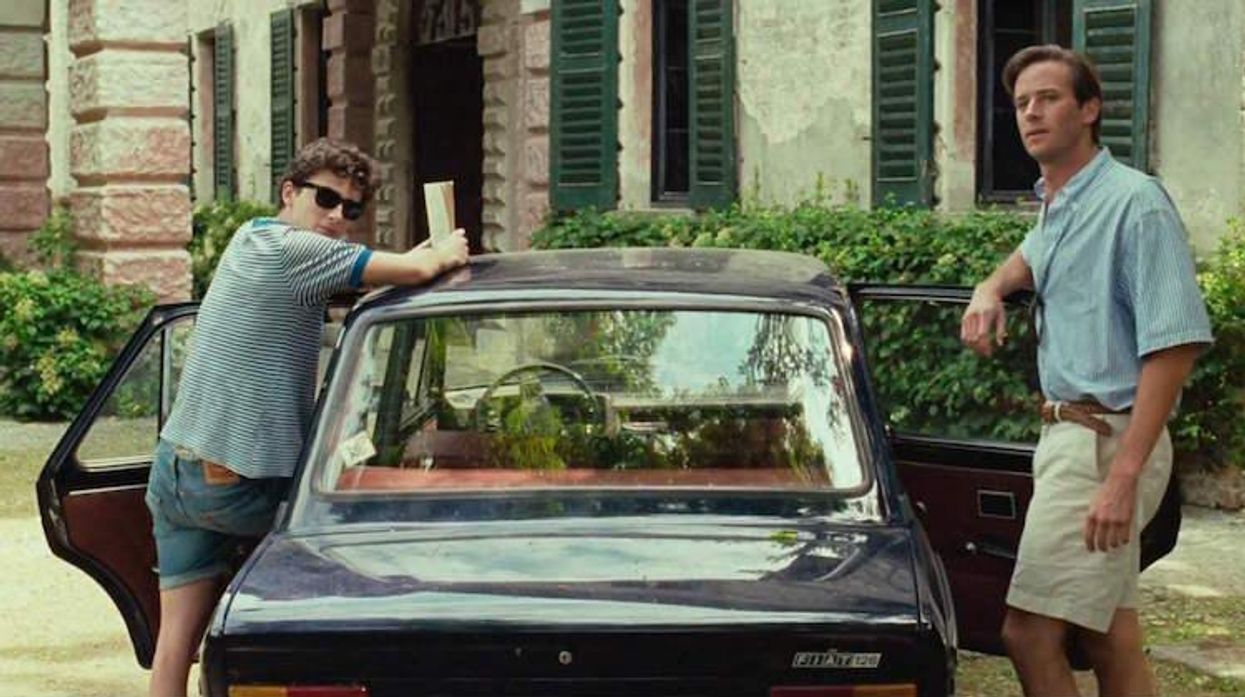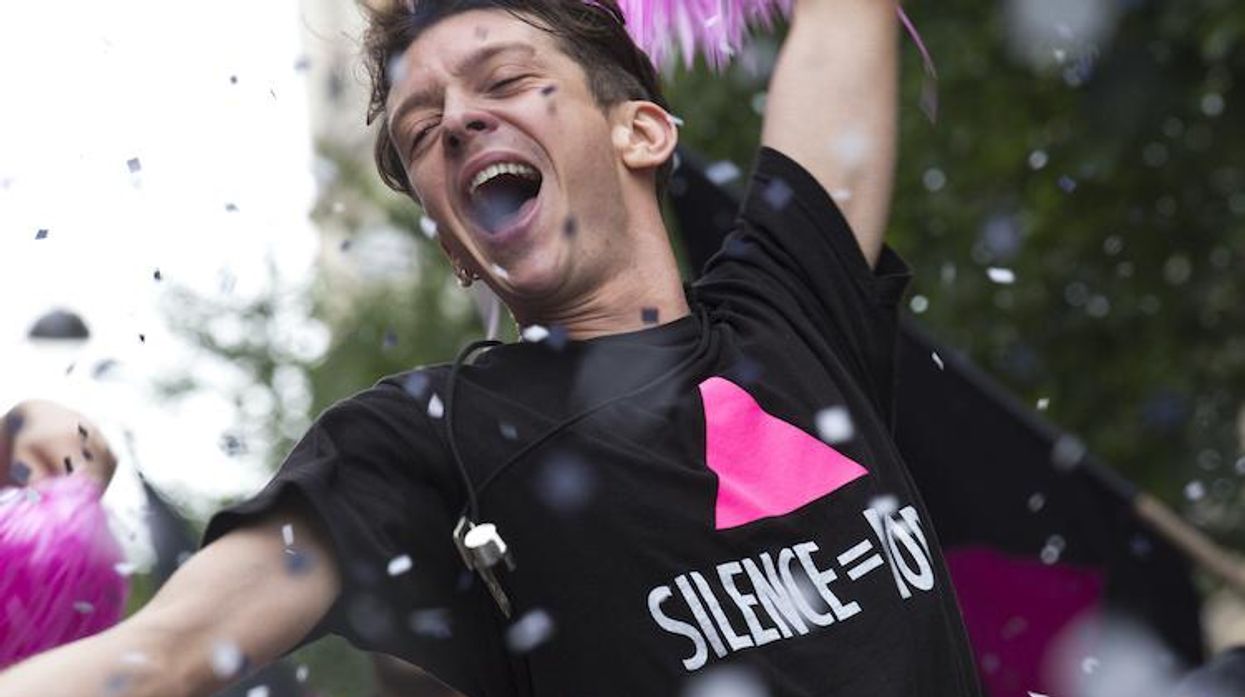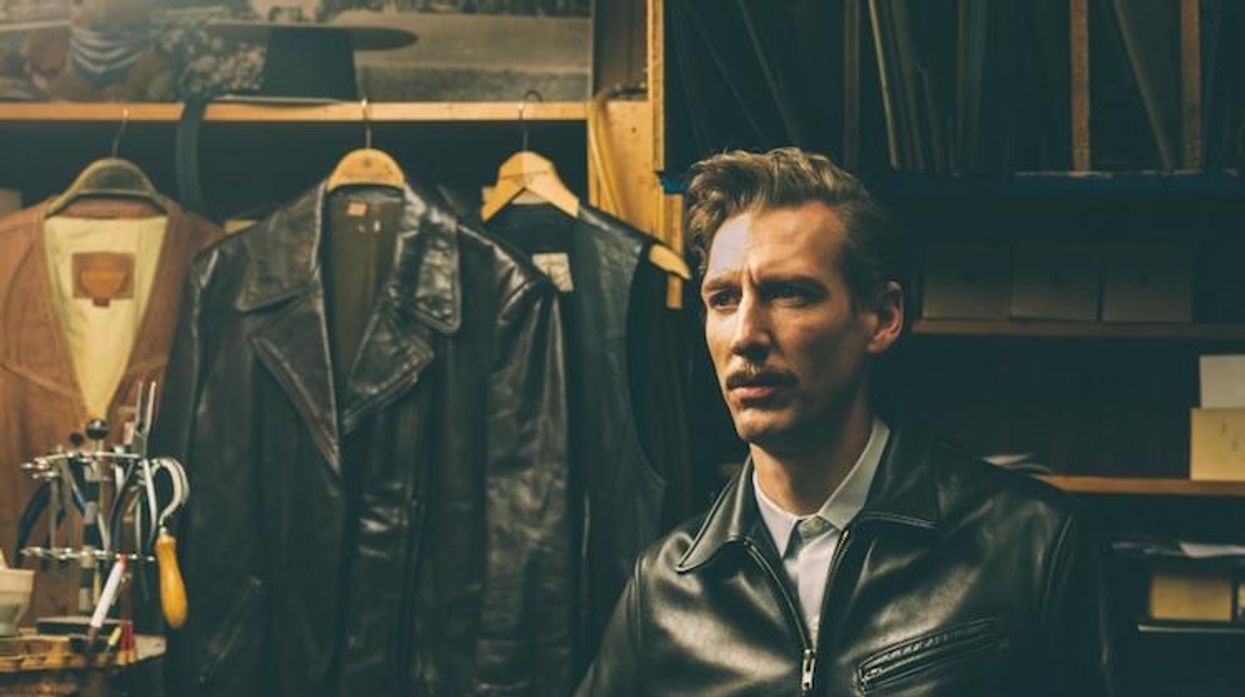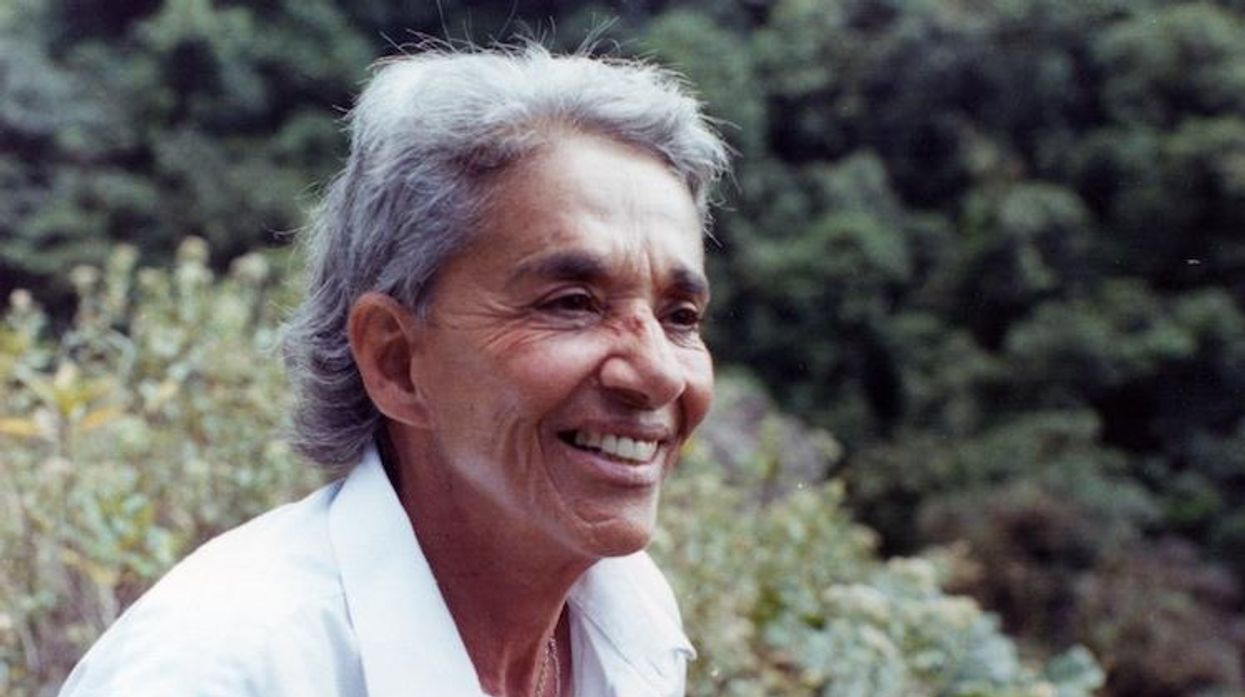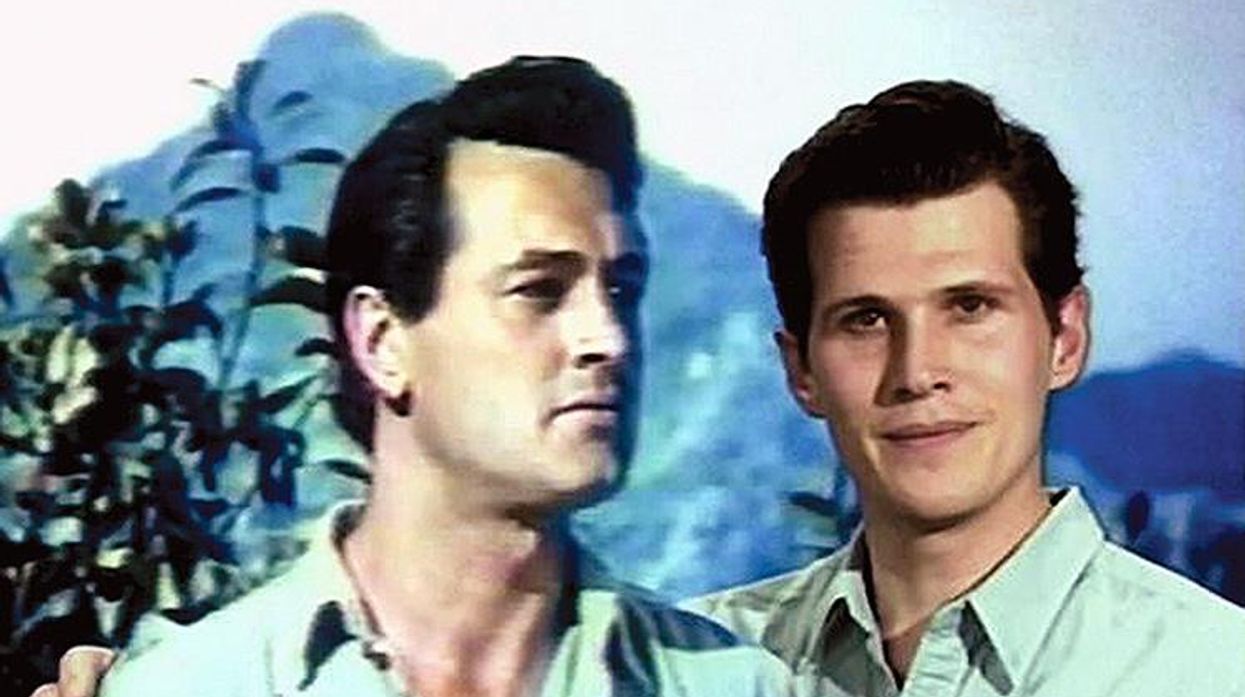When a queer youth leaves behind childish things, from superheroes to video games, poetry is often the next step toward maturity. Gay poets Auden ("Lullaby"), Cavafy ("The Next Table"), and Frank O'Hara ("Having a Coke With You") have helped us articulate queer emotional responses. And in movies, the greatest poetic introduction to queer sensibility is Albert Lamorisse's children's film The Red Balloon.
Released in 1956 to wide acclaim--it won prizes at both the Cannes Film Festival and the Oscars--The Red Balloon codified the baby boomer consciousness into public school curricula. Like Sergei Prokofiev's Peter and the Wolf, which initiated children into the parts and structure of symphonic music, it cultivated interest beyond juvenile pleasures.
Returning to The Red Balloon as an adult reveals its tender, expressive connection to queer self-awareness. Starting with a monochrome shot from the heights of Menilmontant, it surveys Paris at dawn. This is the single most beautiful opening in movie history, echoing both French Impressionist painters and Chaplin. We see schoolboy Pascal (the director's son) on his way to ecole, a child's first lonely, socializing event. Carrying his book bag, he is magically attracted by the appearance of a bright red balloon 10 times the size of his own head. It follows Pascal around, and a bond is formed. Instantly. Emotionally. Profoundly. We don't need to be told it's symbolic. The glowing sphere's aesthetic power is understood as a spiritual awakening.
Not just a poetic fantasy, The Red Balloon visualizes the idea of being different. Pascal's individuality is represented by that object of buoyant persistence. A bird taking flight is banal, but a soul aloft is the essence of poetry.
Before the lessons taught by TV's Afterschool Specials (the now laughable example of child-targeted programming and social engineering), The Red Balloon charmed children into appreciating interpretive cinema with minimal dialogue.
As with written poetry, feeling is what counts. Pascal doesn't fit in with scruffy classmates in short pants, but that brilliant orb testifies to his longing, wonder, and fascination--the outsider status he cannot yet articulate. At a flea market, Pascal sees a round-framed portrait of a girl with a hoop (what psychologists call "the mirror stage" of his first identification). Later, he encounters a flesh-and-blood girl carrying a blue balloon and they switch spheres, a brief (too soon) hetero flirtation. But it is refused.
Pascal becomes a figure all gay children can relate to when the red balloon is stolen. This tragedy--a loss of self--relates to the most poignant moment of an urban childhood: having one's bicycle taken. I haven't met a gay man who doesn't know this ache. A bike liberates--it's a vehicle of free will and boundless movement. This attack on Pascal's individuality by alpha boys conveys the essence of a gay-bashing.
But then, after Pascal reclaims his balloon, a second tragedy strikes. The "ordinary" boys attack with rocks and a slingshot, puncturing the ego and id symbol. The balloon cracks, wrinkles, shrinks, and falls; the smooth surface roughens like eczema. This is one of the ugliest, most heartbreaking images in movie history.
Most iconic childhood movies (National Velvet, The Yearling, Old Yeller, even E.T.) are about relating to animals: A pet teaches empathy and responsibility. The Red Balloon, being a poem about difference, teaches a queer viewer to know him/her/themself; to recognize emotions that feel peculiar. Above all, the film conveys a single child's common humanity.
The final sequence orchestrating a symphonic gathering of multicolored balloons--like a pointillist rainbow flag--transcends political propaganda about "diversity." Pascal rises above his loneliness and becomes one of many. Damn Pixar's Up, which shamelessly stole from this classic. As it turns out, The Red Balloon was teaching Gay Appreciation 101 all along.


